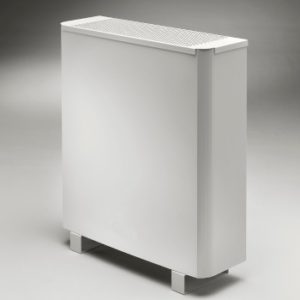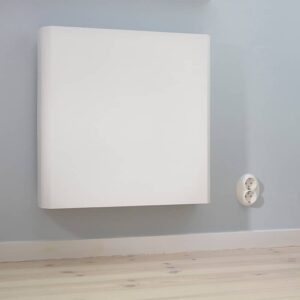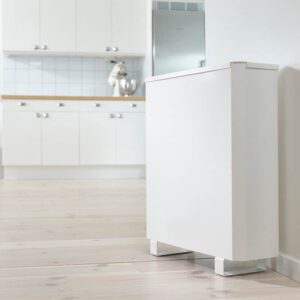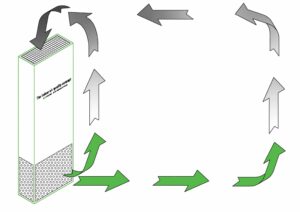We care about clean air
solutions for indoor air quality
Quick to: advice and product
Fine dust printer: how dangerous is it?
Printers emit fine dust. Did you know? How big is the chance of getting sick from being close to this so-called “fine dust printer”? In the office you know better than anyone how important printers are. Just to print a manual, or an invoice … you know what it’s like.
The fine dust printer causes respiratory problems and respiratory complaints in people. In this blog, we answer all questions related to the health and use of printers in the workplace. For example, is a printer harmful in the workplace? And to what extent are employees bothered by printers in their work environment? Read on and learn more about the “fine dust printer”.
What kind of substances does a printer emit?
Not everyone is aware that printers emit various substances in addition to paper. However, it differs per printer, because it depends on a number of factors such as the type of paper, the type of ink, the toners and cartridges. The various particles and gases that are released during printing are shown below.
Particles:
- Fine dust
- Ultrafine dust
- Paper dust
Gasses:
- Ozone
- Toner powder
- Nitrogen dioxide
What kind of printers emit fine dust?
There are two types of printers on the market: the laser printer (a fine dust printer) and the inkjet printer (a printer without fine dust). Laser printers and copiers use toners. Toners emit harmful dust particles through combustion processes. An inkjet printer, on the other hand, uses liquid ink and does not emit fine dust.
Unfortunately, almost all offices use laser printers. These fine dust printers are mostly chosen over inkjet printers, because they last longer and are cheaper to buy and maintain.
How harmful are printers to people in the workplace?
There are employees who are exposed to high concentrations of printer fine dust for a long time. These people belong to the so-called risk group. The people in this risk-group who are vulnerable are, for example, people who carry out maintenance on printers. But also employees who work close to a fine dust printer, especially if the printer is used intensively.
A fine dust printer increases the risk of an allergic reaction, which will cause watery eyes, skin problems and irritated airways. These symptoms are referred to by the Working Conditions Act by the term toner disease.
What does the legislation say about printers in workspaces?
Printers and copiers that produce more than 5000 copies a month should be placed in a separate area with adequate ventilation. More than 50,000 prints per month require placement in a reproduction room with good dust extraction.
Does an air purifier help against printer fine dust?
One way to protect yourself and your colleagues against fine dust from printers is to place the devices in a separate, well-ventilated area. The disadvantage, however, is that many offices do not have an extra or separate space to move the printers.
If it’s not possible to move the existing printers, what can you do? The answer to that is the use of a powerful air purifier! A purifier, also called a printer filter, not only removes all present fine dust particles from the air, it also improves the air quality, making office employees more productive.
Studies have also shown that employees report sick less at work when the air quality is good. The best printer filter for offices against fine dust nuisance is the EDC650 (has a fine dust filter effectiveness of more than 99%).





















